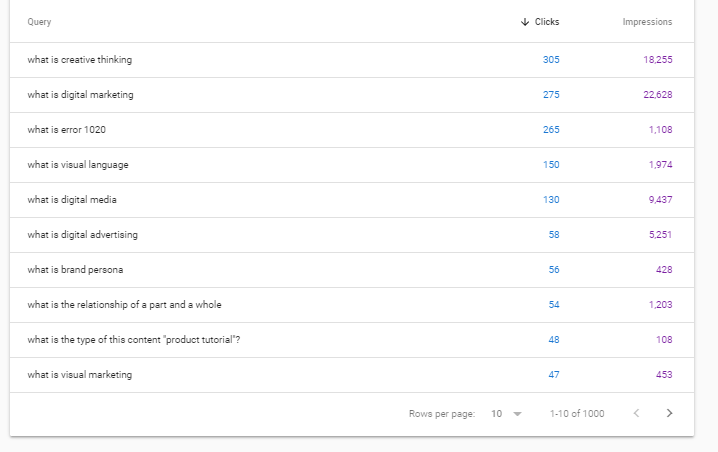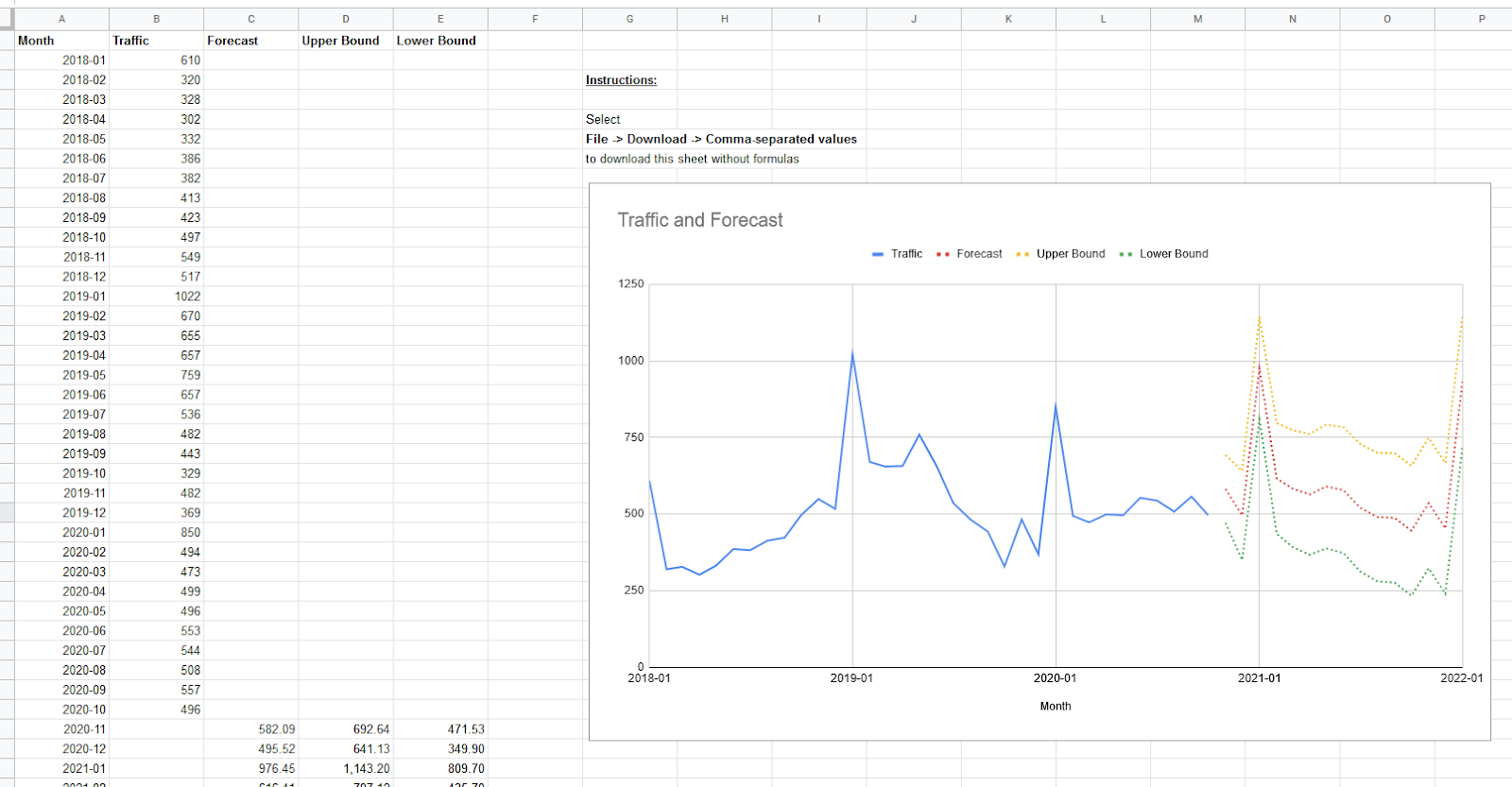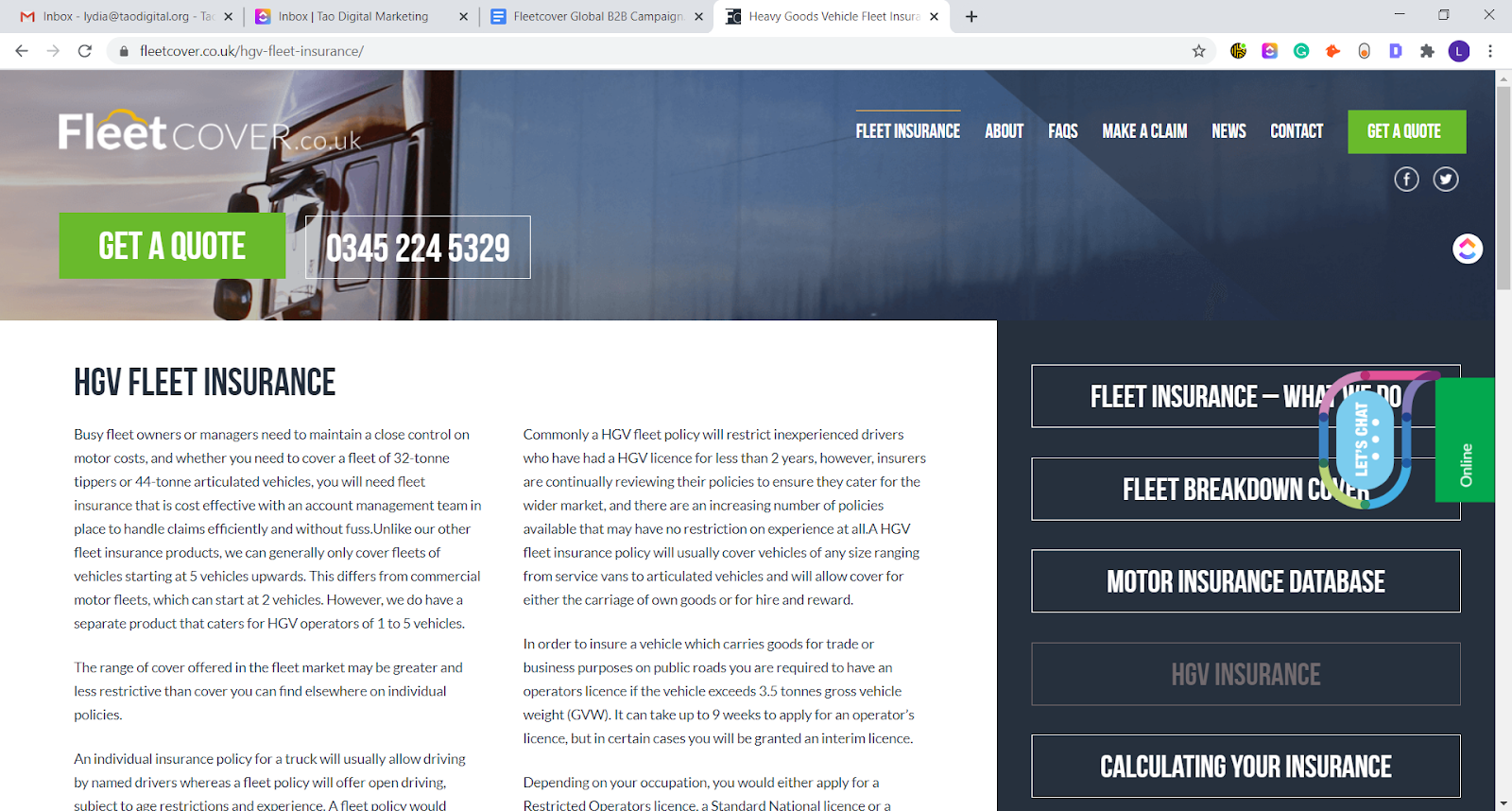Posted by larissa-lacerda
From the moment I started working with SEO, I was faced with countless optimization tactics. After heading down numerous rabbit holes, I came to see how important it is to identify your low hanging fruit: the opportunities to generate great results with less effort.
The first time I saw notable results in my work was in the optimizations I put into practice to reach featured snippets. The thrill of jumping to the top of the page was so great that it soon became my passion.
But not everything in SEO is so simple (or stable). Soon, methods that had previously brought results were no longer working. With the competition growing increasingly competent and challenging, great results were becoming less frequent.
If, like me, you’ve reached that point — don't worry! I’ll show you how I overcame this with a method that I lovingly refer to as “Fast & Featured”.
What are SEO entities?
I started with an unpretentious study of entities. I hadn’t read much on the topic, but what caught my attention was the understanding entities can offer into how search algorithms work.
Google’s definition is: “A thing or concept that is singular, unique, well-defined and distinguishable.”But this definition is very broad, leading to even greater confusion. I wanted a clearer understanding of what entities are all about, so I crafted my own definition that I’ll share with you today.
Basically, an entity in SEO is everything definable, unique, and not limited to a specific shape, spelling, or image (e.g. mom, mother, mummy, and a picture of a mother all relate to the same entity).
I really like to make an association with the following image, famous in the study of semiotics, which illustrates entities very well:

Here, we have three chairs: the physical chair, the representation of a chair, and the dictionary definition of what a chair is. All three refer to a single entity: the chair.
What matters here is the essence, the content, and what lies behind it.
In the same way, this is how algorithms understand elements that exist on the web, overcoming restrictions of language, form, or representation — which results in huge improvements in the accuracy of the SERP results.
So, what if I use this concept to understand which entities are most important in searches with featured snippets? With this knowledge, I’d have an in-depth understanding of what the ideal answers are, not just the ones I, totally biased, considered good.
It may seem a simple concept, but it's like telling your SEO to focus on basic practices or understand the user's intention. No matter how much you talk about it or how obvious it seems, people will still be reluctant to do it. The tendency is to look for more complicated or advanced hacks — but that’s not what we want here.
Our goal is to show how to associate a basic concept with a previously understood practice, making each step very clear, logical, and uncomplicated.
Let's get down to the method!
How to use the Fast & Featured method
As mentioned, this method was developed to make achieving featured snippets more intelligent and strategic, so each of these seven steps is essential to increase your probability of success.
1. Understand context and objectives
As with any strategy, whether SEO, marketing, or across other areas, we must first understand the current context — what we have at the moment (and how it serves us) — to then determine our objectives, where we intend to catch up.
As a result, the first step is to compile a list of searches for keywords that you rank in the top ten positions for, and note which already have featured snippets. For even greater chances, filter for just the top three positions as well, since that’s where Google selects the featured snippet 70% of the time.

There are several methods for this, with the main difference being speed. I will share three approaches, to cover the range of demands that different teams may have.
Moz Keyword Explorer
In a very intuitive way, Moz's Keyword Explorer has an easy approach to help you out with this stage of creating your list of opportunities.
To do this, simply access the keywords you rank for and filter positions 1-10.

Then, create your own list and then select the “Featured Snippet” option under “SERP feature”.

Source: Moz
Now you have a complete list of opportunities!
Ahrefs Webmaster Tools
Ahrefs WebMaster Tools (the free version of Ahrefs) can also be used to create your list of opportunities.
The process is largely similar, simply access the “Organic keywords” feature, click on “SERP features” (under “Include”) and select “Featured snippet”.

After doing this, the tool will present a series of results, including snippets that you have already achieved. You can follow up on each result separately or export the complete list.
To clean your data, leaving only the opportunities, exclude all keywords that are in first place — those already considered featured snippets by the tool — after all, you hear less about position zero nowadays.
Google Search Console
This technique was used when free tools were not yet available and a user simply needed a way to generate this list.
If this is not your case — and you’re not curious to find out more — feel free to skip ahead.
To find opportunities where there is less competition and greater focus on long tails, it’s necessary to access the "Performance" report, go to "Search results" and filter by "Queries" using expressions such as "what is", "concept", "definition" , “how to” among others.

As it’s not possible to identify the SERP features this way, it’s not as accurate, but is worth mentioning.
2. Start a SERP analysis
Now that you’ve managed to create a respectable list, select your priorities. Again, keywords with higher positions and more traffic coverage are ideal.
Start by accessing the SERP and identifying the following aspects:
- What type of snippet is it?
- Are there other definitions highlighted on the page? (This could include definitions under a “knowledge panel” or “people also ask”.)
This information will help you understand what Google interprets as the ideal answer, giving you more information than just what the featured snippet contains. This way, you will know if the snippet is a paragraph or shorter, or what the user hopes to find when searching for that term.

For the keyword “interactive ebook”, we find a paragraph snippet. Below, the SERP presents PAAs on how to make interactive ebooks and the difference between digital books and ebooks.
Hang on to this info, as we’ll need it in step 4.
3. Look at competitor content
In addition to the previous questions related to the SERP, the time has come to meet the current winner and understand what sets it apart from the rest. Identify:
- Who has the current snippet?
- Where is it located on the page? (first paragraph, summary, middle of the text)
- How is the concept in question currently defined?
- How objective is it?
Look for answers to these questions and, especially for the last two, try to set aside your current definition or how you would approach it differently, in order to be as impartial as possible in your analysis — however difficult it may be at times.
In the example I presented, the competitor is Visme, the snippet was taken from the beginning of the second title, the definition is very objective, succinct, and logical, and takes advantage of the formats that make up an interactive ebook.
4. Use a comparative analysis
I consider this next step to be the most important. I suggest that you write down the information somewhere. I usually use an online text counter, but feel free to do it on a spreadsheet or another platform.
Whatever tool you use, first record the result of the snippet. Then, add another definition, if found on the SERP (could be a Google dictionary or Wikipedia definition), then finally add your current definition.
Now, the time has come to apply the concept of entities. We will focus on the first two definitions from the beginning of this post.
Below, list the entities you found and how many times they appear in the text — which helps to indicate their relevance in context.

To get the hang of this when starting, you can use Google's own NLP API demo tool or another tool, such as TextRazor, to help you identify it:

5. Identify entities
After you identify the entities and their level of relevance for the definitions you found (the snippet itself and another highlighted definition), see which entities are most repeated on both lists (if the SERP presents more than one definition) and the relationships established between them.
Once you do that, you have the set of entities considered the most important for that Google search and can then avoid relying on “I prefer this” or “I think this word is better”, because it will be based on what the search engine understands to be the best.
Then, just like a puzzle, assemble these entities with your own text in an objective and easy to understand way.
Ideally, your definition should be slightly shorter than the current one, making it as unbiased as possible — very important, especially for voice searches.
Take a look at this example:

In blue are the entities I decided to use on my new definition. You can also note that this paragraph is a lot shorter than the previous one.
Finally, insert your updated paragraph into your text, making sure it fits with the rest of the text, and avoiding any breaks in the flow of the text that could throw off your reader.
6. Re-index your page
After making these changes, the next step is to request that your page be re-indexed through Google Search Console.
This action wasn’t possible until a few weeks ago, but Google announced on December 22, 2020 that “Request Indexing” is back to their tool.
The re-indexing part is not an indispensable step, but it is ideal to streamline the process and verify whether it was possible to achieve the snippet or not more quickly.
To illustrate the results my team and I were able to make, here are some snippets won using this strategy:




And the one that made me proudest (it is in Portuguese, my native language):
Before:

After four minutes:

Besides conquering it incredibly fast, this exact snippet made me realize I had created an effective strategy and I needed to share it with the SEO community.
7. Don’t give up
Something went wrong? Check if your content as a whole relates to what is presented in the snippet text, and make the necessary adjustments or consider re-analyzing the entities to see if something important was left out.
For some tests I’ve carried out, simply shortening the definition by two words was enough for Google to accept my definition and not a competitor's.
In addition, there are cases of reaching the snippet, but then quickly losing it. While this can be very frustrating, it’s a sign that you are on the right track. Several factors can influence this, such as your text not being attractive enough or sounding confusing.
When this happens, keep trying and update your definition from time to time (at two-week intervals), to continue increasing the chance that you show up on the snippet.
Final tips
Here are a few final thoughts. If you have other advice, let me know in the comments!
- Test the use of abstracts in WordPress (that bold section that appears at the beginning of the text).
- Try to work concepts into your text objectively, preferably using the composition “what is + the keyword” in the given intertitle. This doesn’t mean that your copy should lack variety and personality, but look for ways to adapt this formula your own way to attract people with your style, while also being accessible to a wide audience.
- Intertitles of lists should be more obvious as well: "What are the best channels on Youtube" — something simple and without being too distracting.
See how reaching snippets can be simple (and fast) when using a clear method?
It may feel great to achieve a position without much effort or even when we don't know what we did, but it's much better when we know exactly what it takes — without mistakes or crazy tricks.
Sign up for The Moz Top 10, a semimonthly mailer updating you on the top ten hottest pieces of SEO news, tips, and rad links uncovered by the Moz team. Think of it as your exclusive digest of stuff you don't have time to hunt down but want to read!





























